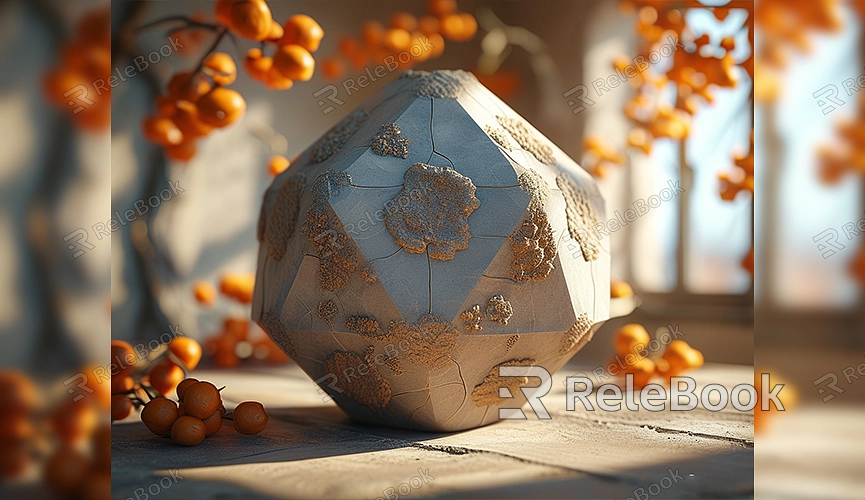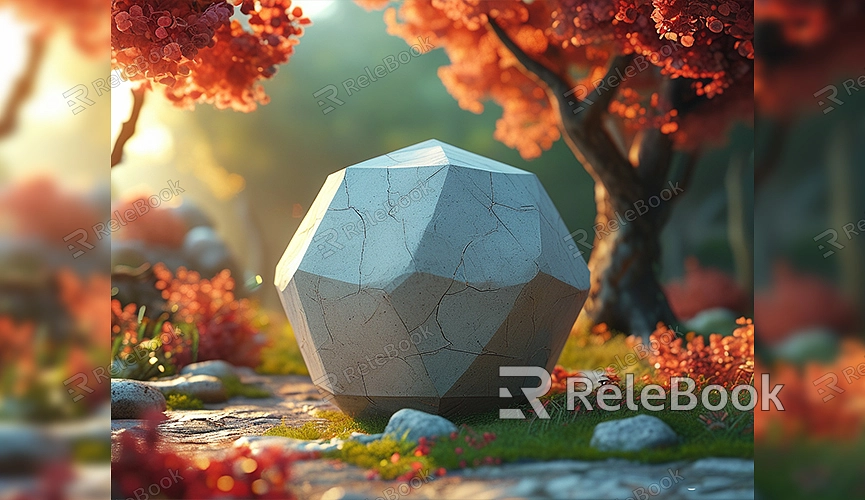Maya how to make animated 3d models
In modern film and game production, animated 3D models play a crucial role. As an industry-standard 3D modeling and animation software, Maya provides powerful tools and features to help creators bring their ideas to life. This article will explore how to create a complex animated 3D model in Maya, covering the full process from basic modeling to final rendering.
Understanding Maya's Functional Modules
Maya's strength lies in its modular design, with each module dedicated to a specific task. The modeling, material, animation, and rendering modules are independent yet work together seamlessly. To create animated 3D models, you first need to familiarize yourself with these modules and understand how to utilize them at different stages of your project.

Modeling Module
In the modeling module, you can use polygon modeling tools to create the basic shape of your model. Polygon modeling is the foundation of animated 3D model creation. By manipulating vertices, edges, and faces, you can craft complex geometric shapes. When creating characters, it's essential to maintain a proper topology, as this directly affects the animation quality. For instance, joints like elbows and knees should have more edge loops to ensure smooth deformation during animation.
Materials and Texturing
After the model is created, the next step is to add materials and textures. This phase is key to enhancing the visual quality of your model. In Maya, you can assign different materials to your model and use UV mapping tools to unwrap the model's surface, allowing you to apply textures accurately. High-quality textures and materials can significantly improve the realism of your model.
Rigging and Binding
In the creation of an animated 3D model, the rigging process is the core of bringing a static model to life. When creating a rig, it's important to carefully plan the placement and structure of the bones to match the movement requirements of the model. Maya’s rigging tools allow you to add a skeletal structure and set up joints and controllers for the model.
Adding Bones and Controllers
When adding bones to a model, consider the range of motion and typical movement patterns of the character. For instance, the arm bones should include the shoulder, elbow, and wrist joints, with controllers for each, making it easier to adjust movements during animation.
Skin Binding
After the rig is complete, the next step is binding the model to the skeletal system, a process known as “skinning.” In Maya, skinning can be fine-tuned using the weight painting tool, which adjusts how the model’s surface deforms in relation to the bones. Proper skin binding ensures natural deformation during animation, such as realistic shoulder and elbow movement when a character raises their arm.
Animation Creation
With the model and rig in place, it’s time to animate. Maya offers a robust set of animation tools, including a timeline, keyframes, and a graph editor, to help you create smooth, dynamic animations.
Keyframe Animation
Setting keyframes on the timeline is the foundation of animation creation. By defining key poses for the model's joints and body parts, you can create complex movements. For example, a walking animation can be achieved by setting multiple keyframes, each representing a step in the character’s motion.

Graph Editor
Maya’s graph editor allows you to fine-tune the animation curves between keyframes, which is especially useful for creating more natural and fluid movements. For example, adjusting the gravity curve for a jump can make the character’s action more physically accurate.
Rendering and Output
Once the animation is complete, the final step is rendering and outputting the project. In Maya, you can use render engines like Arnold or V-Ray, adjusting the lighting, material appearance, and environmental settings according to your project’s needs.
Rendering Settings
Before rendering, ensure your settings are properly configured. Choose the appropriate resolution and frame rate, and adjust the rendering quality based on your requirements. Precise lighting setups are crucial for achieving the desired effect in the final animation, especially in complex scenes where reflections and refractions play a significant role.
Creating animated 3D models in Maya is a complex and challenging process, involving multiple stages like modeling, rigging, animation, and rendering. Each step requires a solid technical foundation and artistic sensibility. If you need high-quality 3D textures and HDRIs for your models and virtual scenes, you can download them for free from [Relebook](https://textures.relebook.com/). If you're looking for stunning 3D models, you can download them from [Relebook](https://3dmodels.relebook.com/), which offers a wide variety of premium 3D resources.
By making the most of Maya's features, you can create high-quality animated 3D models that unlock endless possibilities, whether in film effects or game production.

